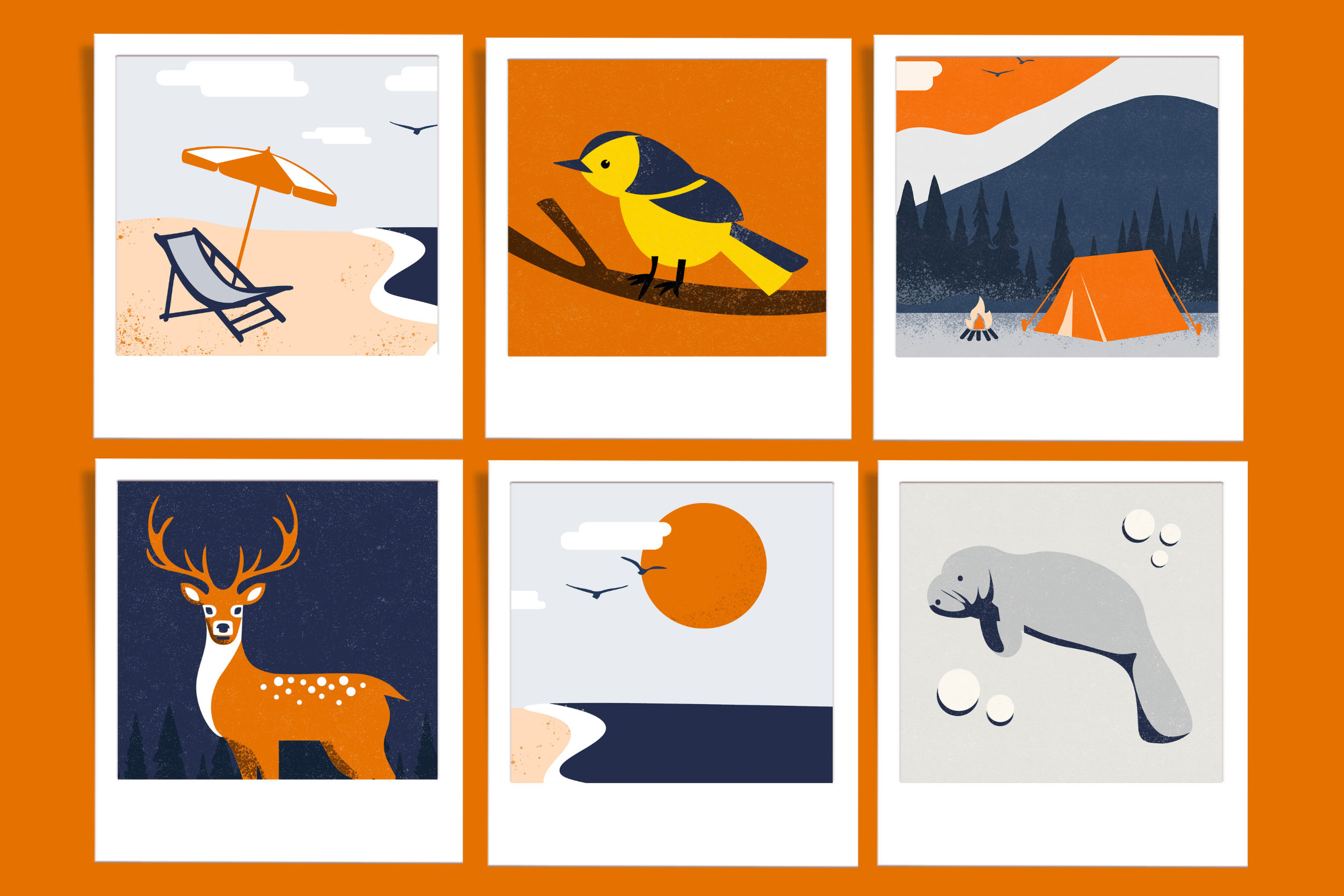Asheville, North Carolina
Although Asheville may seem similar to Charlottesville, Carr said, anyone seeking refuge from the summer heat in this mountain town may see animals they usually don’t find in Central Virginia.
“Even though Asheville is quite a bit further south than Charlottesville, with those high mountains, you get more of a northern flavor, especially the birds that live in the area,” Carr, a research professor in the environmental sciences department, said.
Birds more typical of northern states and even Canada can be spotted in Asheville, like the Canada warbler and the brightly colored blue-winged warbler. Carr recommended using the Merlin Bird ID app, available for free in Google Play and Apple App Store, to identify birds if you need help.
Like Charlottesville, the big mammals in the area include bears, bobcats and deer. Asheville also boasts one of the most diverse arrays of salamanders in the world, Carr said.
Outer Banks, North Carolina
“If you look at the Outer Banks on a map, they stick way out into the Atlantic Ocean. You are as close as you can be on land to the Gulf Stream,” Carr said.
That means it’s possible to see whales, especially if you take a tour boat.
“One of the most memorable wildlife sightings I’ve ever had was a pod of sperm whales in the Outer Banks. That’s an animal I’d only ever dreamed of seeing,” Carr said.
You can also spot bottlenose dolphins in the Outer Banks, along with a host of shorebirds, including the black skimmer or the American oystercatcher, a black and white bird with a vivid red-orange beak.










